Several social media posts are promoting the claim that the current leader of Afghanistan was released from prison in 2018 by then-President Donald Trump.
“Let this sink in,” the posts state. “The new ruler of Afghanistan was in prison until Trump let him out in 2018.” The posts include photos of Trump and Mullah Abdul Ghani Baradar, the Taliban’s political leader who also serves as deputy prime minister in Afghanistan.
These claims are mostly true, but lack important context. Baradar, the second-most powerful Taliban leader—below only Supreme Commander Hibatullah Akhundzada—indeed spent nearly eight years imprisoned in Pakistan, and a U.S. diplomat has said that he asked for Baradar’s release.
In 2010, Baradar—who even then was a high-profile military leader in the Taliban command structure—was detained in Pakistan for his involvement with the terrorist organization. Pakistan’s interior minister said its government’s security agencies led the operation to detain Baradar, aided by intelligence U.S. officials provided to them. However, U.S. officials told the New York Times at the time that Baradar’s arrest was carried out in a secret joint mission involving both Pakistan’s national security agency—the Inter-Services Intelligence—and U.S. CIA agents. Although then-White House press secretary Robert Gibbs did not clarify whether the U.S. was involved in Baradar’s arrest, he told reporters that the operation marked “a big success for our mutual efforts in the region.”
While Trump did not arrange for Baradar’s release personally, Zalmay Khalilzad, then the U.S. special representative for Afghanistan reconciliation, has acknowledged that he asked Pakistan to release him.
At the time of Baradar’s release in October 2018, the Trump administration was attempting to establish negotiations with the Taliban, which had declined an offer from the Afghanistan government for peace talks. The Taliban officials, however, were open to discussions with U.S. officials—negotiations that ultimately produced the Doha Accord in 2020. In 2018, Khalilzad—who had formerly served as U.S. ambassador to the United Nations, Iraq, and Afghanistan—requested Pakistani authorities release Baradar from prison, in hopes it would motivate the Taliban to engage in diplomatic relations.
“The release of Mullah Baradar—which was my request—[Pakistan] accommodated that because Baradar had the reputation of being more pro-peace,” Khalilzad said in 2019. “[Former Afghanistan] President Karzai during his administration and [Former Afghanistan President Hamid] Ghani during his period mentioned that Baradar would be a force for peace.
Less than two years after Baradar’s release, the U.S. and Taliban formally agreed to the Doha Accord—and Khalilzad and Baradar were among the first signees. As Tom Jocelyn wrote for The Dispatch’s in 2020:
The written agreement was signed by a Taliban political leader, Mullah Baradar, who was imprisoned by Pakistan for years and released solely so he could sign this deal. Baradar, a legacy Taliban leader, has no actual power on the ground in Afghanistan. None of the senior Taliban leaders who run the insurgency put their names on this agreement. It appears the U.S., Pakistan, and the Taliban used Baradar as a prop to grant the proceedings the appearance of gravitas.
If you have a claim you would like to see us fact check, please send us an email at factcheck@thedispatch.com. If you would like to suggest a correction to this piece or any other Dispatch article, please email corrections@thedispatch.com.
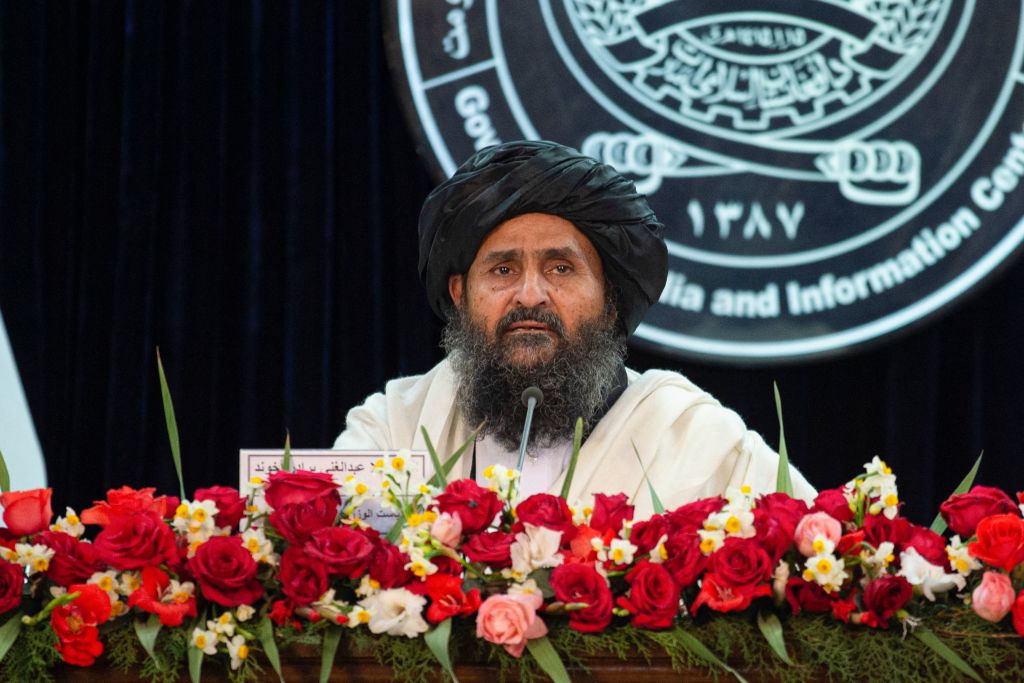


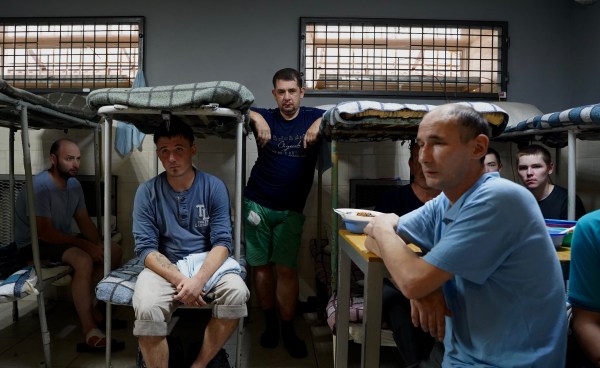
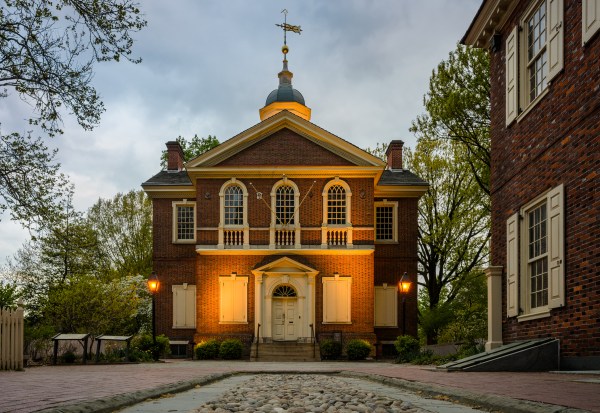
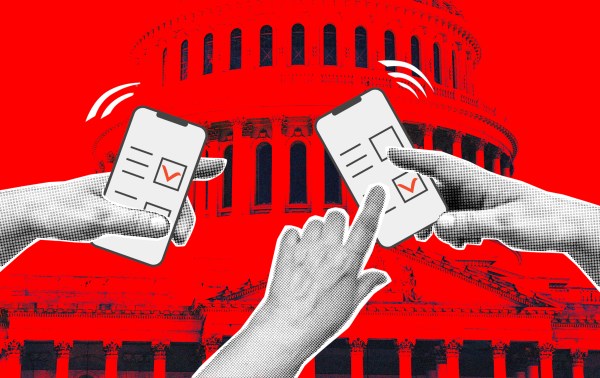
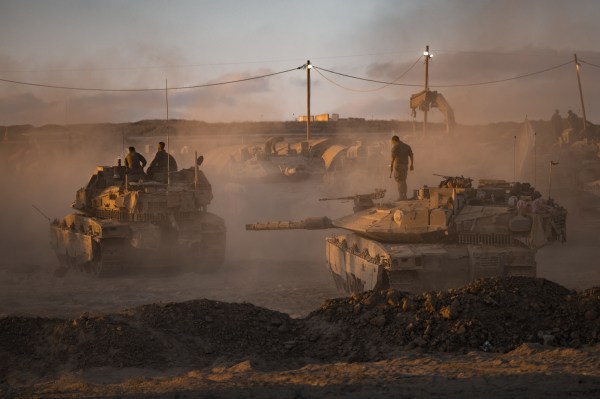

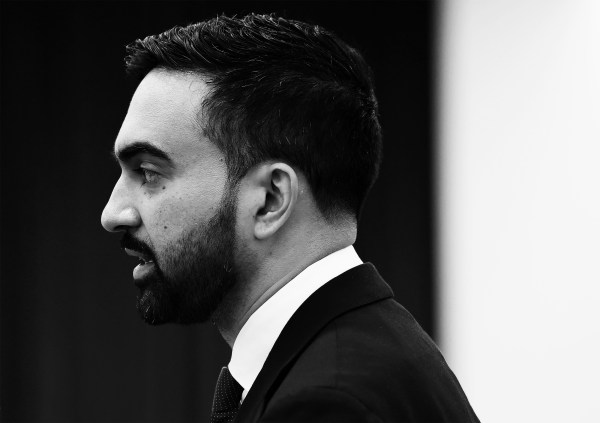

Please note that we at The Dispatch hold ourselves, our work, and our commenters to a higher standard than other places on the internet. We welcome comments that foster genuine debate or discussion—including comments critical of us or our work—but responses that include ad hominem attacks on fellow Dispatch members or are intended to stoke fear and anger may be moderated.
With your membership, you only have the ability to comment on The Morning Dispatch articles. Consider upgrading to join the conversation everywhere.